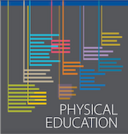
This lesson plan is designed to help educators teach 4 square rules and how to be a good team player in a 30 minute class.
- Subject:
- Physical Education
- Material Type:
- Lesson Plan
- Author:
- Utah Lesson Plans
- Date Added:
- 01/06/2023

This lesson plan is designed to help educators teach 4 square rules and how to be a good team player in a 30 minute class.

Scope & sequence for K-12 physical education will help teachers to develop physically literate students by using several PE standards.
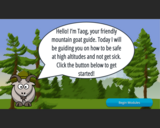
The learning modules are designed to heighten awareness of Acute Mountain Sickness and provide strategies to prevent and treat AMS. When one is exprienceing mountain sickness the best practice is to just go down! Note: These learning resources are for educational informational purposes only.
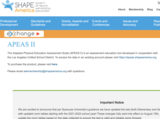
The Adapted Physical Education Assessment Scale-II (APEAS II) is the revision of a test used for over 25 years in the Los Angeles Unified School District. Norms are based on the general school population—all students in school ages 4.6 to 17 years. The APEAS II test battery measures perceptual motor function, object control, locomotor skills and physical fitness to assess each student.

You may use this lesson planning template for adapted PE lessons.

This microcredential represents educators' administration and use of the norm referenced FitnessGram assessments. They will also personally complete some of the FitnessGram assessments.

Partnership for Drug-Free Kids resource on brain science behind teenage behavior.

In this lesson designed for kindergarteners, students experience the alphabet through movement.

This resource is from the "Winter Feels Good" CD-ROM developed by SnowSports Industries America and its partners. It includes a PDF file with exercises that will help your students get their bodies ready for skiing.

This resource is from the "Winter Feels Good" CD-ROM developed by SnowSports Industries America and its partners. It includes a PDF file with information that will help your students dress for alpine skiing.

This resource is from the "Winter Feels Good" CD-ROM developed by SnowSports Industries America and its partners. It includes a template for creating an alpine skiing field trip flyer.
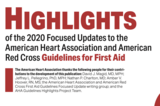
Guidelines from the American Heart Association for first aid including care for stroke, asprin for chest pain, control of bleeding, and cooling techniques.
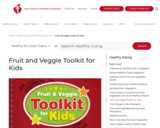
The American Heart Association's downloadable Fruit and Veggie Toolkit for Kids is a collection of resources that will help you empower students to develop healthy habits early in life that will bring lifelong benefits.
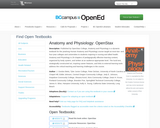
Published by OpenStax College, Anatomy and Physiology is a dynamic textbook for the yearlong Human Anatomy and Physiology course taught at most two- and four-year colleges and universities to students majoring in nursing and allied health. Anatomy and Physiology is 29 chapters of pedagogically effective learning content, organized by body system, and written at an audience-appropriate level. The lucid text, strategically constructed art, inspiring career features, and links to external learning tools address the critical teaching and learning challenges in the course.

This badminton practice sheet is a great resource for students to test their skill level in serving and stroking.

This worksheet will help students practice their badminton skills and cues such as underhand serving, forehand stroking, overhand stroking, and more.

In this lesson plan, educators will learn to teach their students the basic rules and strategies of badminton. Students will also go over the equipment and learn the rules of 4 square badminton.

In this lesson plan, educators will teach their students to dribble a ball while moving and simple close range shots. Students will also team up and play a game of horse.

This worksheet will assess students basketball skills like dribbling, passing, and shooting. Students will also learn how to write goals for future tournaments.

This lesson plan is designed to teach students to throughly think through the skill sets required for basketball. It will test their understanding of the basketball unit and the skills taught. They will do this by creating an Adobe Express Project using multiple different photos. Their final product, which requires presentations to the entire class, will show if they understand the different skills and how to perform them. Thumbnail CitationBy Airman 1st Class Kerelin Molina - http://www.vandenberg.af.mil/shared/media/photodb/photos/090804-F-8732M-115.jpg, Public Domain, https://commons.wikimedia.org/w/index.php?curid=7806175